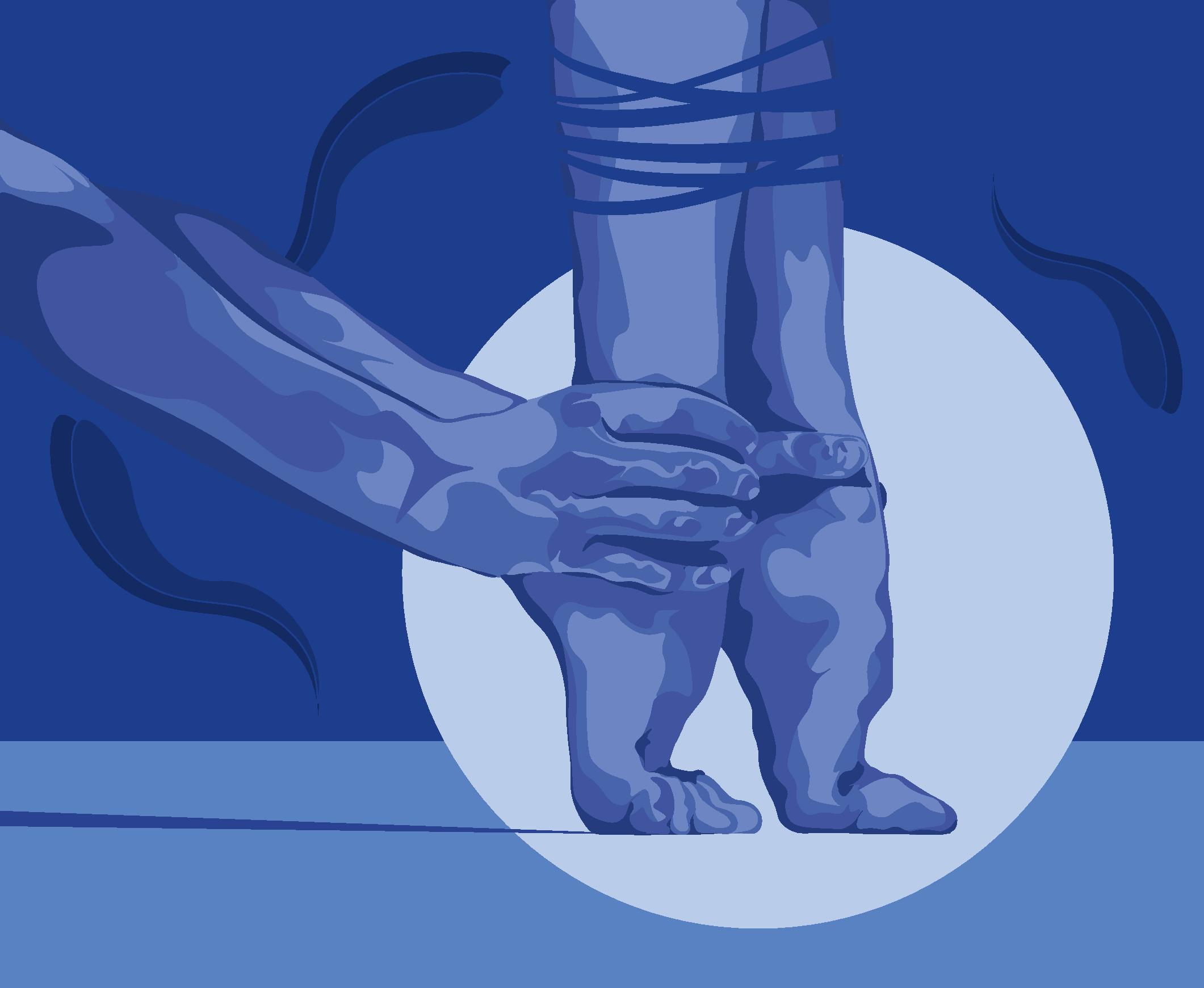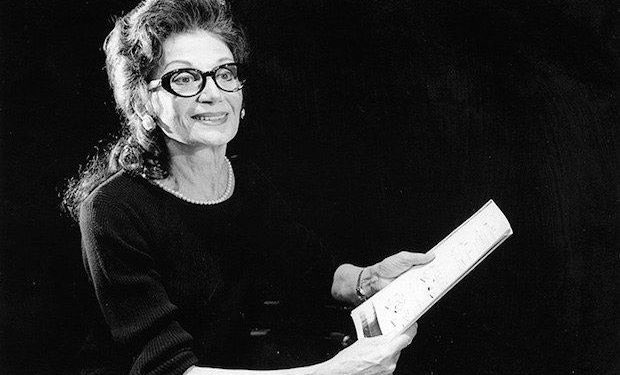The abolition of talent exams for the Faculty of Fine Arts has stirred debate among the culture-arts and higher education milieus in Turkey and has been on the agenda for some time now. In October, the Council of Higher Education (YÖK) announced that it would remove talent exams from the program of 14 higher education institutes and will accept students into these programs through the Higher Education Institutions Exam. Apart from artists and curators, especially professionals who have graduated from design departments, academicians and educational professionals working in these fields have criticized this decision harshly. The ongoing debates and the reactions caused YÖK to step back at the end of October and postpone this decision to next year. On the other side of the debate, there were also people who expressed the concern that this practice should be reconsidered. Following this controversy, BASE, which aims to create space for the artistic productions of fine arts students, opened its third edition this year.
107 Artists, 120 Works, 20 Cities
The third edition of BASE at Akaratler Sıraeveleri took place from November 14thto 17th. The event received 1570 applications from 72 universities this year (the latest press release noted that it received “1575 applications from 73 universities”). The selection committee (18 people) gave the opportunity to 107 artists to participate in the event, and in sum 120 works were exhibited. The artists that were selected this year came from 30 universities from 20 different cities (when the event was first announced the numbers were: 29 universities, 106 artists. the website noted 105 artists). Curated by Derya Yücel, BASE is said to “provide an expansive, contemporary and unique spectrum concerning the visual arts education and practices in Turkey”. This year’s curatorial framework was “Now”. Also, this year BASE launched a new event called BASELECTED through which a selection of “2017/2018 BASE artists current artistic productions” were exhibited.
Acceleration and Direction
BASE aims to bridge the gap between new graduates and the public, art and creative industries, and media. The event’s mission is as follows: “… aims to support them (newly graduates) in their transition from graduation to professional art life and to give them an acceleration and direction in their careers. BASE Turkey will shed light on the future generation of artists, furthermore we aim to mediate the discovery of young talents by galleries, collectors, art enthusiasts and creative industries”.
The Unsolvable Issue
At this point, it is confusing that BASE describes these young people as “artist candidates” or as “next generation artists”. What is an artist candidate? Are the students studying at the Faculty of Fine Arts artist candidates? When they graduate, do they become artists? When does a person become an artist? Is it necessary to study at a Fine Arts Faculty to be an artist? What is a new generation artist, does it have anything to do with “new generation taverns”?
Let’s Play Pretend
The space BASE opened three years ago for the graduates of Fine Arts Faculties is actually a part of many other competitions, open calls, events, programs and projects that focus on young people in the contemporary art world. Moreover, this idea didn’t become new or popular recently. When we push our corporate memory a little, we can go back to the State Painting and Sculpture Exhibition competitions that have been held since 1939. Subsequently, we see a “young artist” phenomenon that has become popular especially since the 1980s. In the last 40 years, galleries, banks, companies and clubs have organized competitions and exhibitions for young artists and in fact the first generation of young artists have already become middle-aged and they often look down upon the new generation of young artists. The article “Pretending to Support Art”, written by Gökcan Demirkazık in July 2018 for Unlimited, revealed the whole process and the reasons behind it beautifully. In this piece, Gökcan raised a question that is still valid today and deserves to be answered: “Why is it that only the recent graduates of Fine Arts Faculties can participate in this exhibition?” Indeed the Council of Higher Education’s attempt to remove the talent exam from 14 departments shows us at that we are in need of a more comprehensive discussion. If an artist doesn’t need to be a student or a graduate from a Fine Arts Faculty, then we must also question the quality of the talent that is necessary to get an arts education. Their method is wrong, but the debate is valuable.
Who is under the spotlight?
Another problematic issue that Gökcan mentioned in the same article, which I agree with, is the role of artists (not artist candidates) in BASE. The selection committee of BASE (and Mamut Art Project) is more in the foreground than the participating artists. It is quite normal for artists to be chosen by such a large committee, on such a platform, but it is bothersome that it limits the communication between the artists and the public. In fact, on BASE’s website there is a separate category for the “selection committee”, while the name of the artists is in a separate list that can be accessed by jumping from one category to another, just like Gökcan started a year ago. The names of the artists, which could be reached by jumping from one place to another, reminds me of Duygu Asena’s book Kadının Adı. Indeed, it wasn’t even possible to see the names of the 107 participants in the press releases (or supplements) that were sent by BASE on October 30th, November 5thand November 8th. Instead, the names (along with pictures) of the selection committee, sponsors, curators, “BASE Talks” speakers, the BASELECTED artists and the participants attending from Romania were included.
Incomplete Identity
We must inevitably compare BASE and the importance it gives its artists with similar events. In this respect, Mamut Art Project (MAP) comes to mind, which has put the artist at the forefront of its communication method, especially in 2017. Mamut Art Project’s visual communication design, prepared by Fevkalade, provided a dynamic visual communication system that conveyed the message of the event for the past years and 2017, these visualizations also manage to function as abstract graphic elements. MAP’s communication and its catalogue based on this communication brought the artists to where they belong, the center of the event. Therefore, I think that BASE is stuck between concepts like artist, artist candidate, and “next generation artist” (though I don’t quite understand this one), and so it has not fully established its identity or purpose yet. However, this is normal for an event that has just completed its third year.
The Heart of the Matter
It is highly important to do something with and for artists as we can see from: BASE, MAP, Zilberman Gallery’s “Young New Different”, “Mixer Sessions”, Akbank Contemporary Artists Competition Award, SPOT Production Fund, Sanata Bi Yer Project, Alfa, Istanbul Rotary Art Competition, Alikev Young Artist Fund, Pera Museum’s collaboration with universities, Art On Istanbul’s open call for “first solo exhibition”.
However, let’s not forget to give the necessary credibility to young artists and let’s not drag them to “mid-career crisis” as Kültigin Kağan Akbulut mentioned in his article titled “Young Artists in a Middle Career Crisis” written for Gazete Duvar in 2018.







